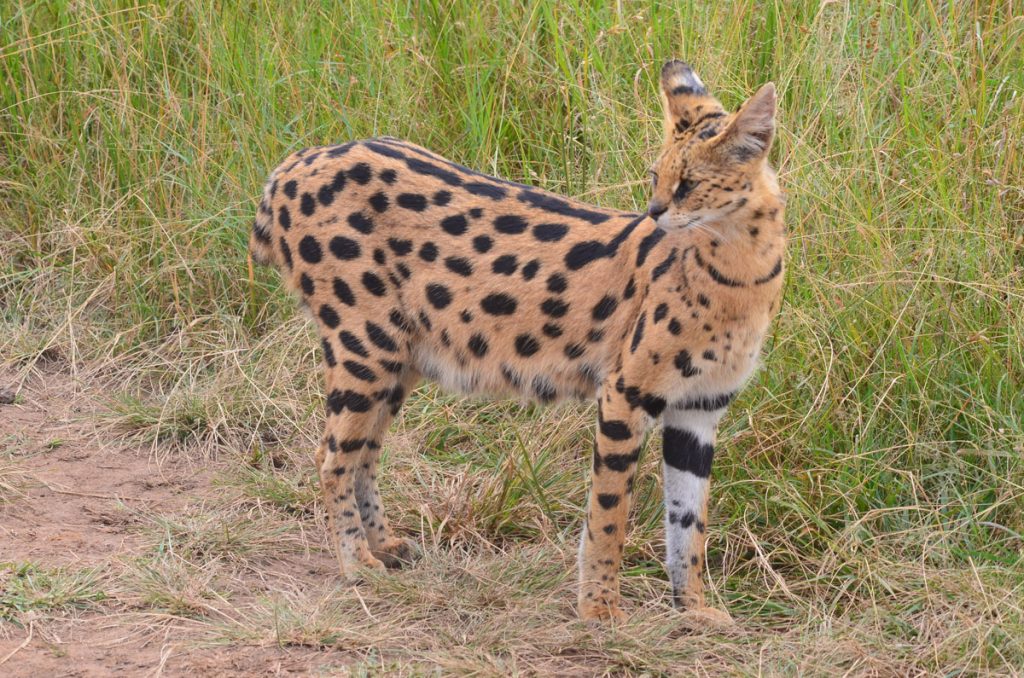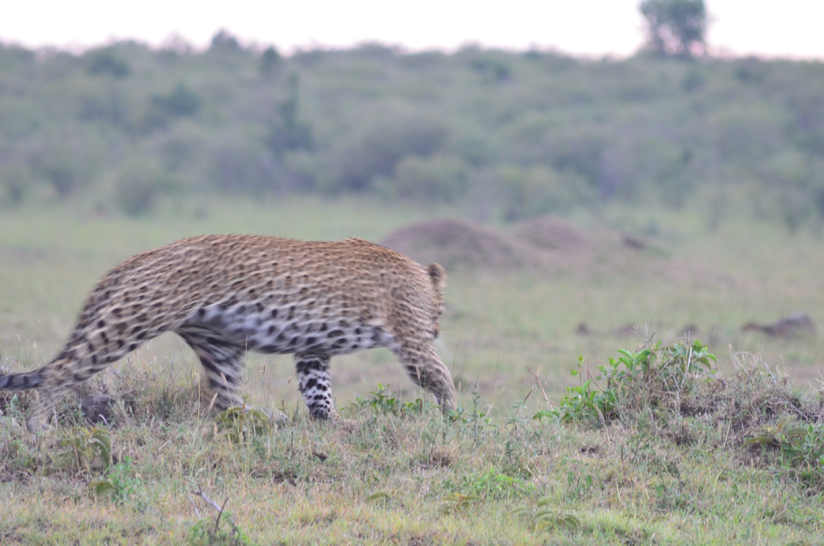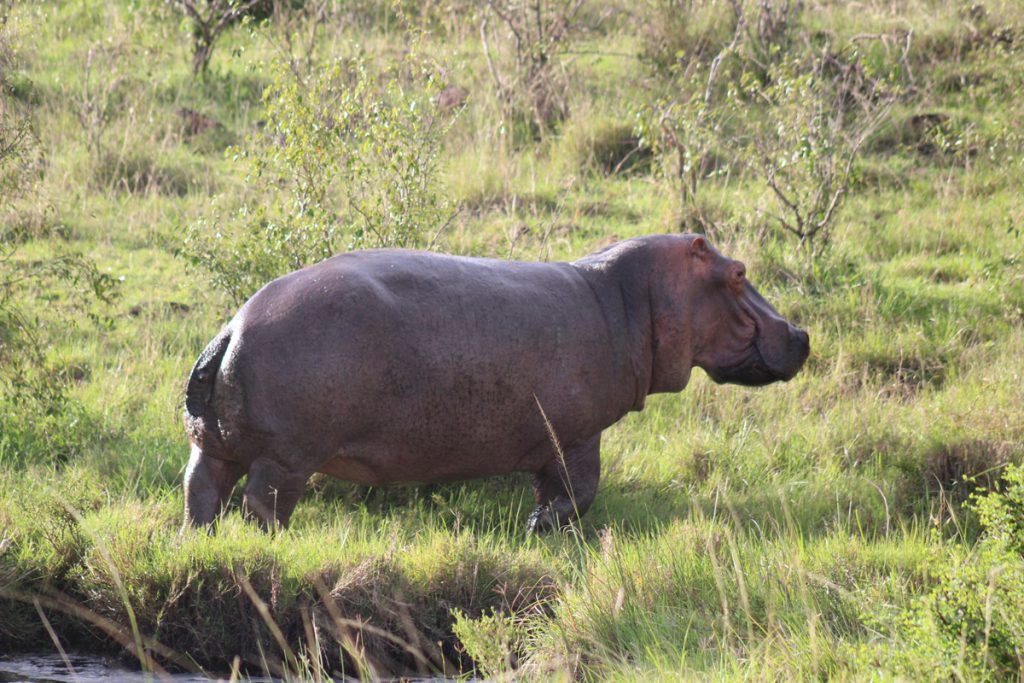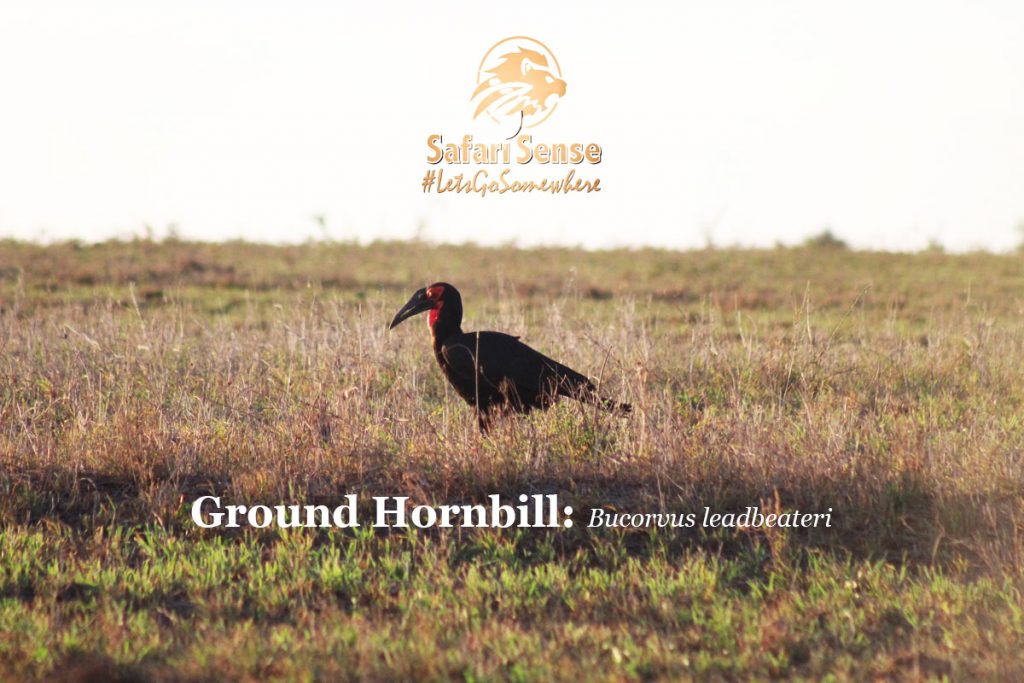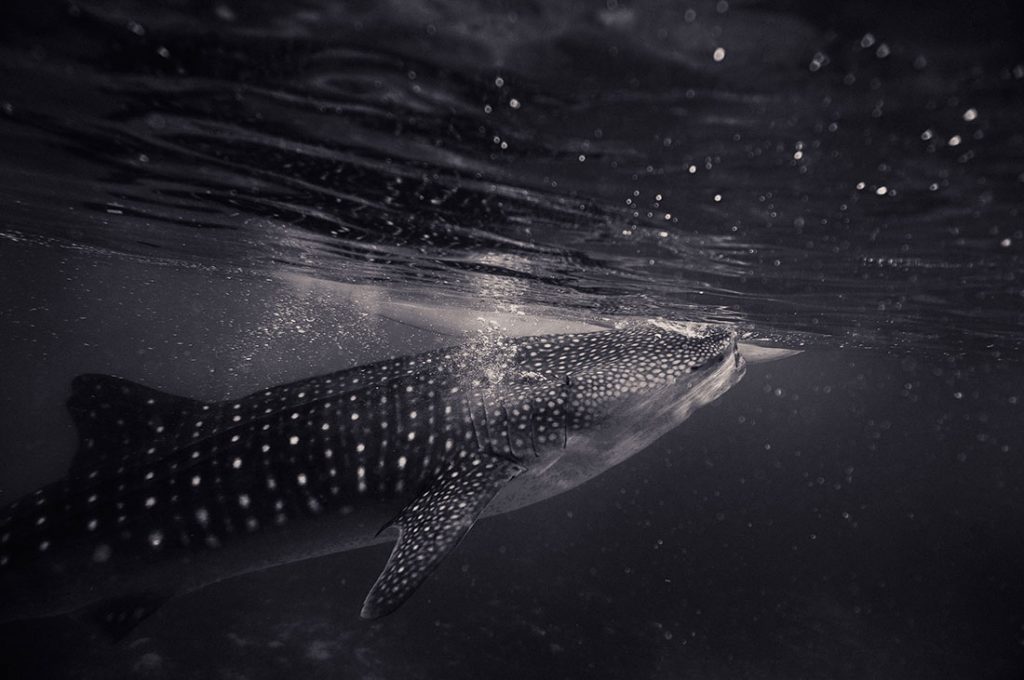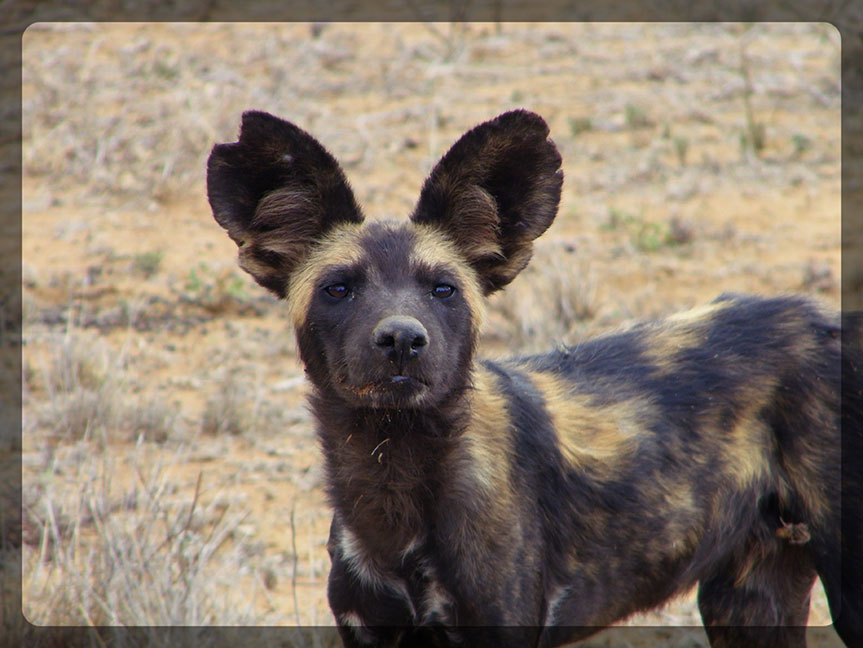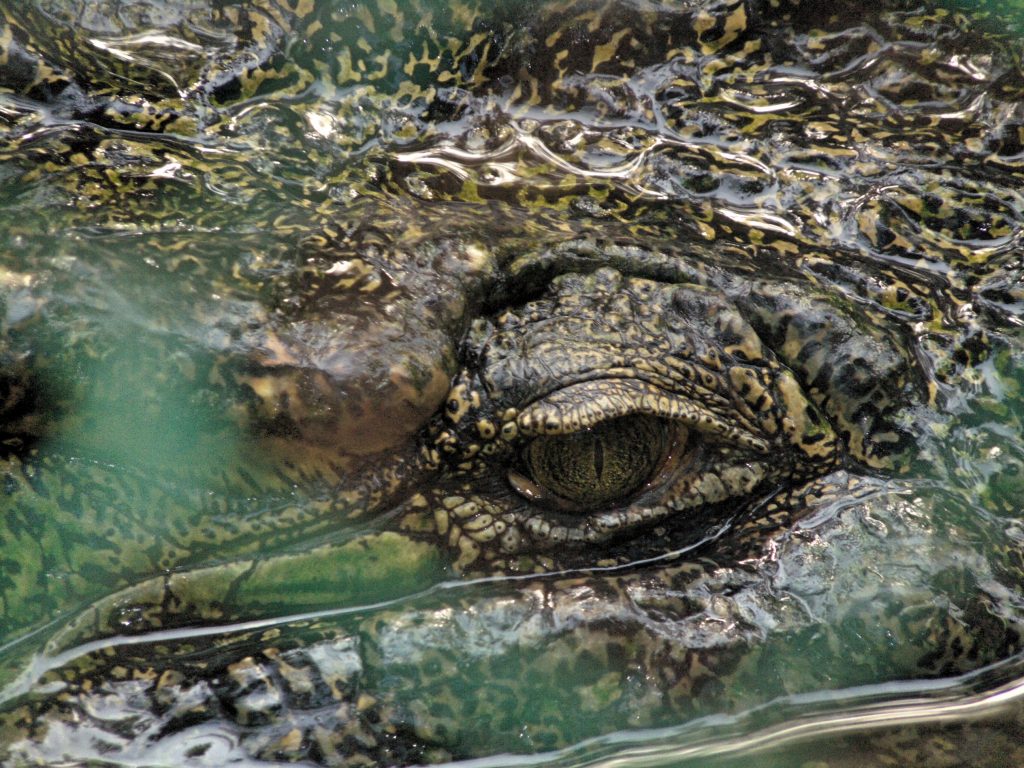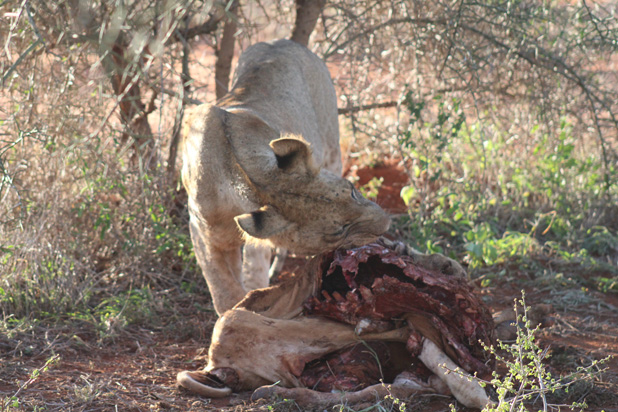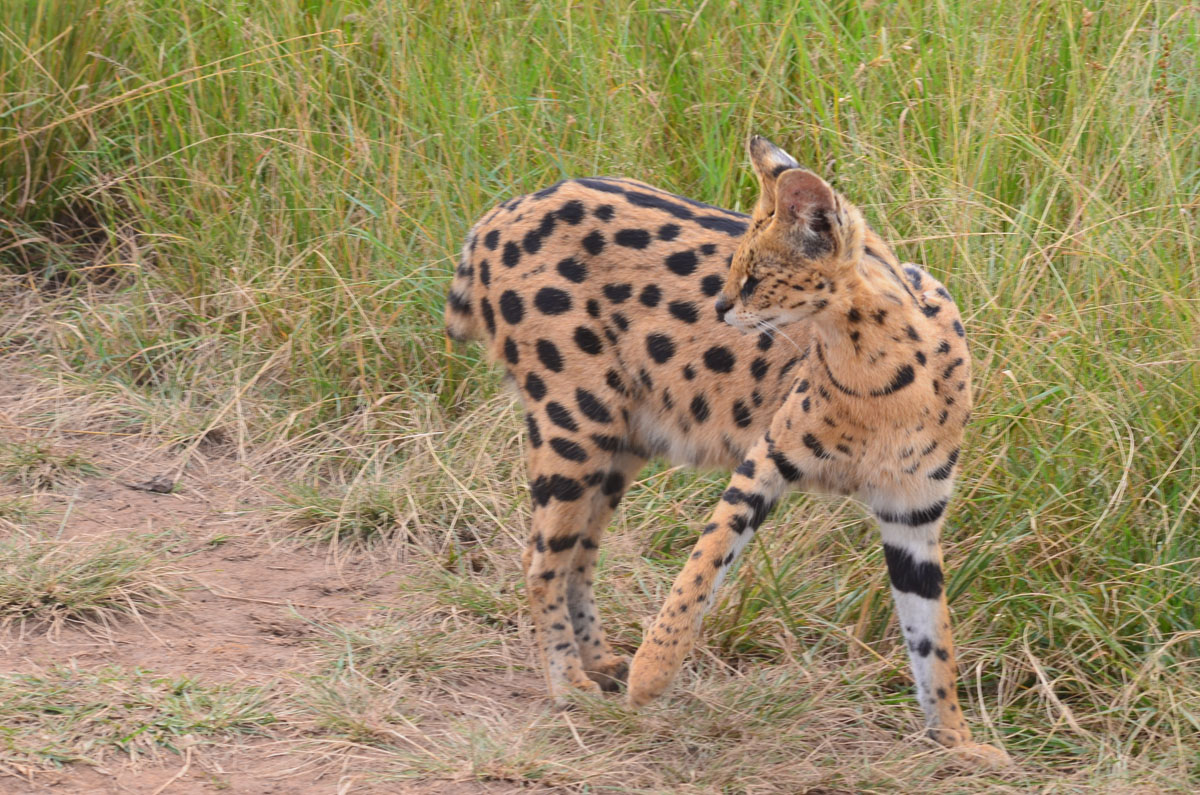
The sun is barely peeking above Nairobi’s skyline when my guests and I bump down the red-dust trail into the wilderness of Nairobi National Park—Africa’s only national park with a capital city for a neighbor. Zebras blur past in early light, and giraffes crane their necks against a backdrop of high-rises. But I’m not watching the giants this morning. I’m looking for a ghost in the grass.
“Mondo,” I whisper to the guests. That’s Swahili for Serval, the long-legged, small-bodied, big-eared feline phantom we’re hoping to glimpse. With the scientific name Leptailurus serval, this spotted cat isn’t as famous as the lion or cheetah, but trust me—when you see one, it’s unforgettable.
Imagine a creature sculpted for stealth: about a meter long, weighing up to 13 kilos, with comically oversized ears perched atop a sleek frame. Its golden coat is boldly patterned in black spots and stripes—some have tiny freckles instead—and the tail is short and ringed like a punctuation mark. And the legs! The serval has the longest legs of any cat relative to its body, not for speed but for one very important reason: elevation. When you’re hunting in knee-high grass, those stilts give you a vital edge.
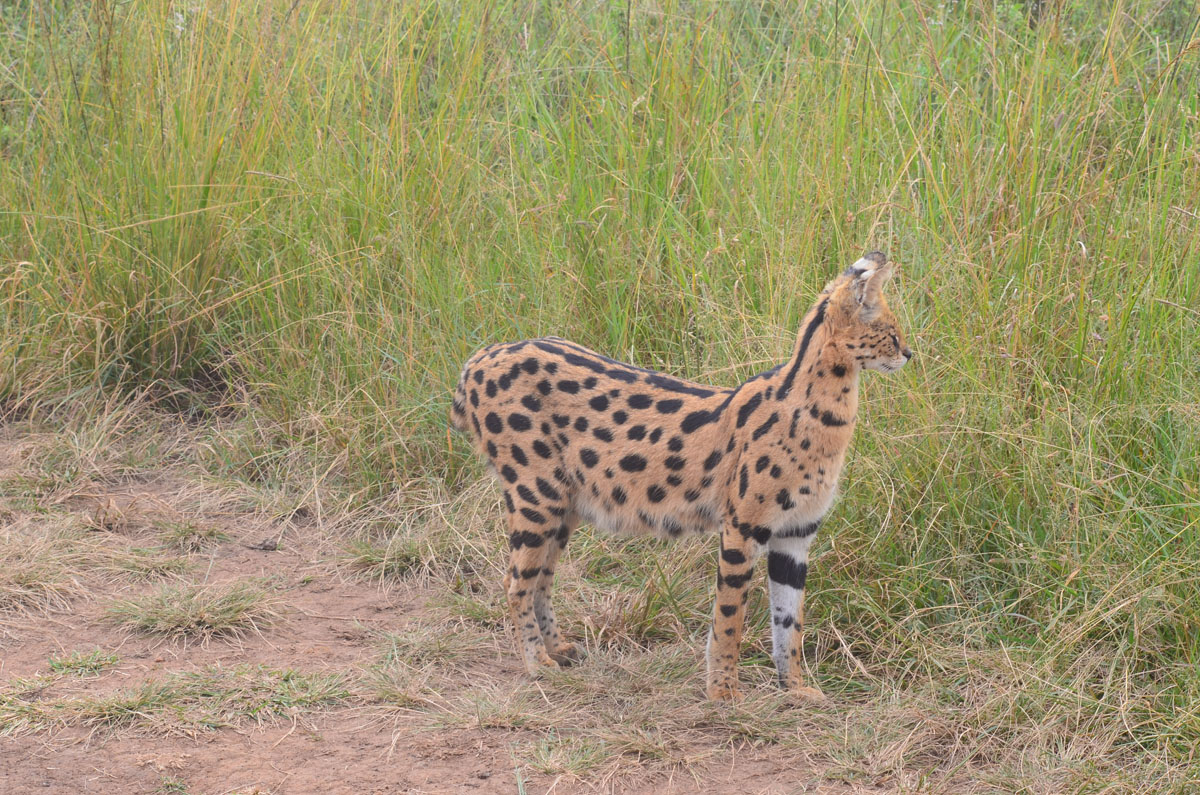
Now, if you’ve never seen a serval hunt, you’re in for a treat. Picture this: a still shadow in the grass, ears twitching like satellite dishes, zeroing in on a sound. A rustle, a squeak—and then BAM! The serval springs straight up like a pogo stick, comes down hard, and pins an unlucky rodent or bird with a textbook strike. I’ve seen one leap higher than my Land Cruiser’s bonnet. They pluck birds mid-air, fish frogs out of puddles with their paws, and even scoop mice from burrows with those curved, lethal claws. I once watched a serval toy with a snake before dispatching it with a lightning-fast paw swipe.
Despite being world-class hunters, servals are shy, secretive, and incredibly hard to spot. They usually patrol small home ranges, around 2–30 square kilometers, and mostly hunt alone. Females raise their kittens solo in cleverly hidden dens—often thick grass tufts or rocky crevices. The kittens are born blind and helpless, but those iconic ears grow fast, and within weeks they’re gobbling down mom’s kills. By one year, they’re ready to set off on their own—males pushed away, females sometimes allowed to stick close.
The serval’s social life is mostly solitary, but it gets dramatic during the mating season. Females announce their readiness with loud yowls, scent markings, tail quivers, and some serious flirting. Encounters between rival servals can turn intense—arching backs, stiff-legged stances, and growling duels. But mostly, these cats prefer to avoid conflict and slip silently through their domain.
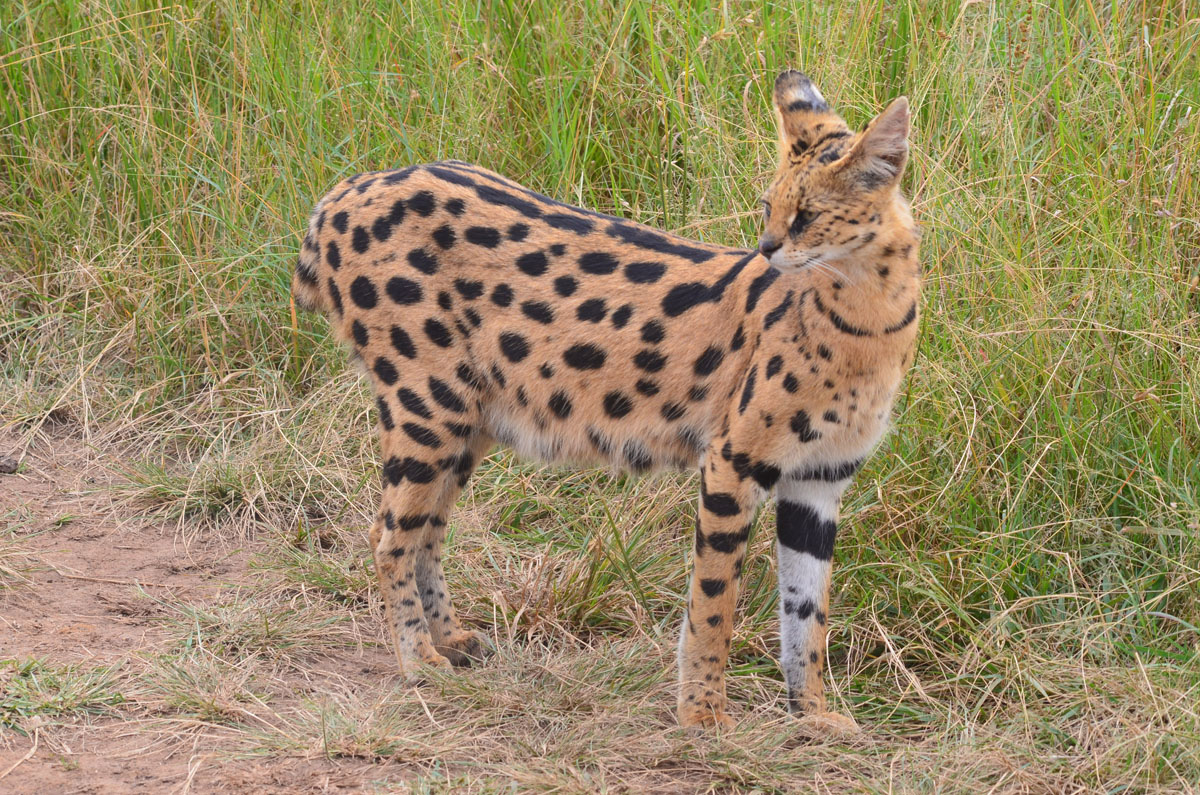
Here in Nairobi National Park, servals are still relatively common thanks to the mosaic of grassland, wetland, and acacia scrub—ideal terrain for their high-stakes hide-and-seek lifestyle. But their future isn’t guaranteed. They’re vulnerable to domestic dogs, habitat loss, and sadly, poaching for their beautiful pelts. Their sensitivity to human presence means they often vanish from densely populated areas.
That’s why every sighting here is special. Just last week, we spotted one near the Hyena Dam at sunset. He froze, ears twitching, then turned his elegant head and vanished into the reeds—gone as quickly as he’d appeared. We sat in awed silence. Moments like that aren’t just wildlife encounters. They’re whispers from the wild, reminding us what still thrives on the edge of the city.
So next time you’re on safari in Nairobi, keep your eyes low and your binoculars ready. Forget the Big Five for a moment. Look for Mondo. You might just catch the elegant bounce of Africa’s secret hunter, dancing in the grass while Nairobi hums in the distance.
Our passion for nature and travel is reflected in our understanding of the need to experience the natural environment in a sustainable and unique way.
Our commitment to you is “The Perfect Balance between Nature & Discovery, Adventure & Luxury”.
Book your Safari Sense experience here

